Researchers at Quebec AI Institute (Mila) have released, a technique that can turn any decoder-only LLM into a universal embedding model.



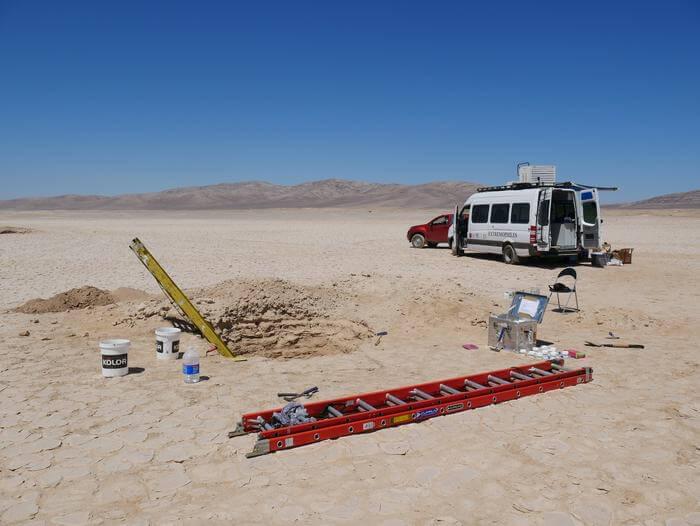
POTSDAM, Germany — One of the most lifeless places on Earth is actually hiding an underground biosphere teeming with microscopic life! Researchers have unearthed this amazing oasis under Chile’s Atacama Desert. The findings not only change our view of life on Earth, but they might prove that there is still life under the soil of dead alien worlds like Mars!
Despite being renowned as the driest desert on Earth, with some regions going decades or even centuries without a drop of rain, researchers from Germany discovered hardy communities of microorganisms that have managed to carve out habitats deep below the desert floor. Down here, totally isolated from the surface world, microscopic life finds a way to eke out an existence against all odds.
Study author Dirk Wagner and the team from the GFZ German Research Centre for Geosciences explain that they detected signs of potentially viable microbial ecosystems as far as 13 feet underground. This remarkable discovery is upending our understanding of desert biodiversity, demonstrating that life can persist in even the most extreme subterranean environments on Earth.

It’s the most fundamental of processes—the evaporation of water from the surfaces of oceans and lakes, the burning off of fog in the morning sun, and the drying of briny ponds that leaves solid salt behind. Evaporation is all around us, and humans have been observing it and making use of it for as long as we have existed.
And yet, it turns out, we’ve been missing a major part of the picture all along.
In a series of painstakingly precise experiments, a team of researchers at MIT has demonstrated that heat isn’t alone in causing water to evaporate. Light, striking the water’s surface where air and water meet, can break water molecules away and float them into the air, causing evaporation in the absence of any source of heat.
Researchers at the IceCube Neutrino Observatory in Antarctica have found seven signals that could potentially indicate tau neutrinos—which are famously hard to detect—from astrophysical objects.
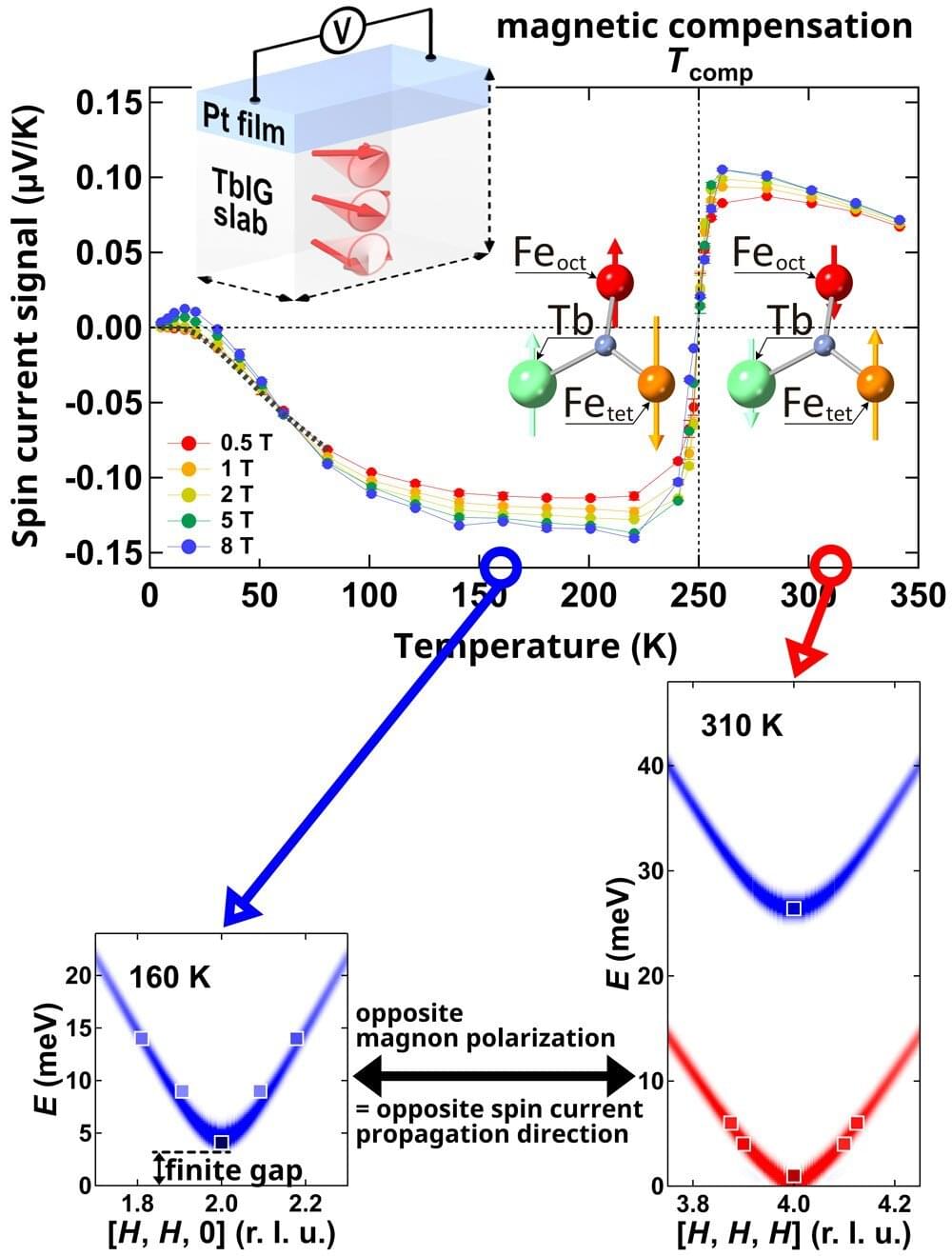
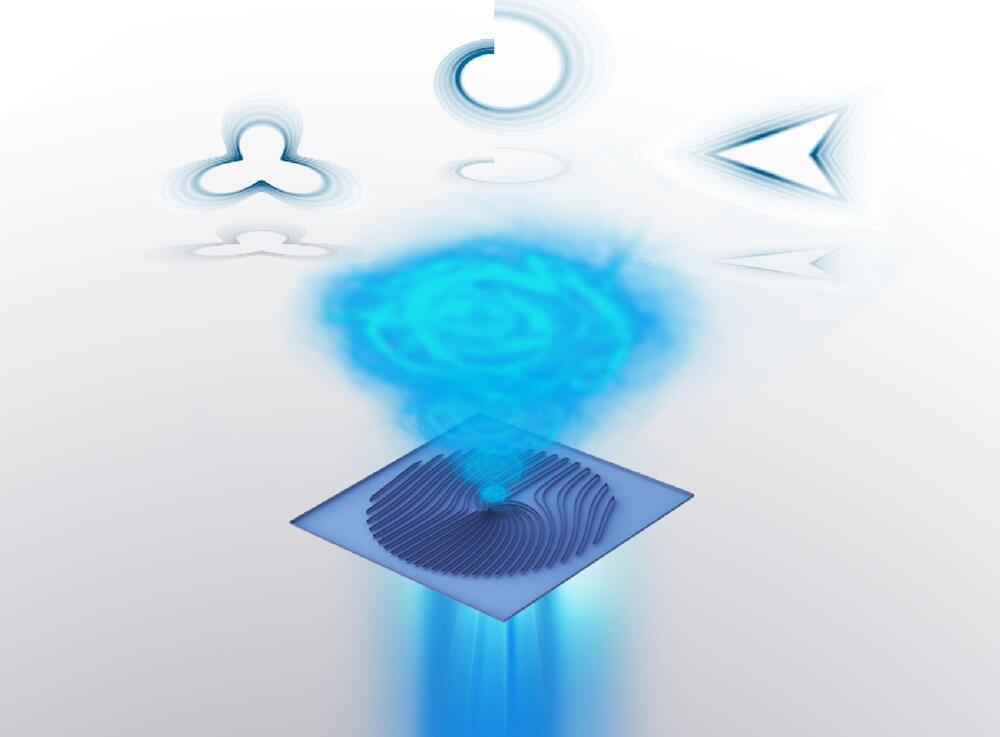
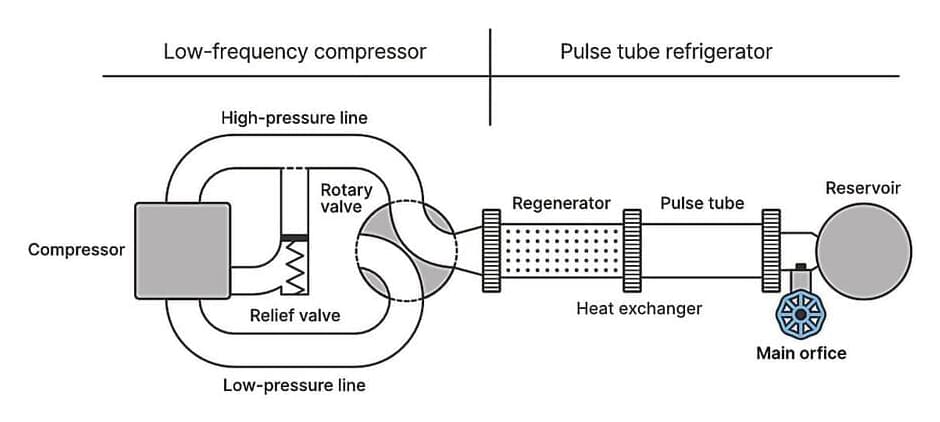
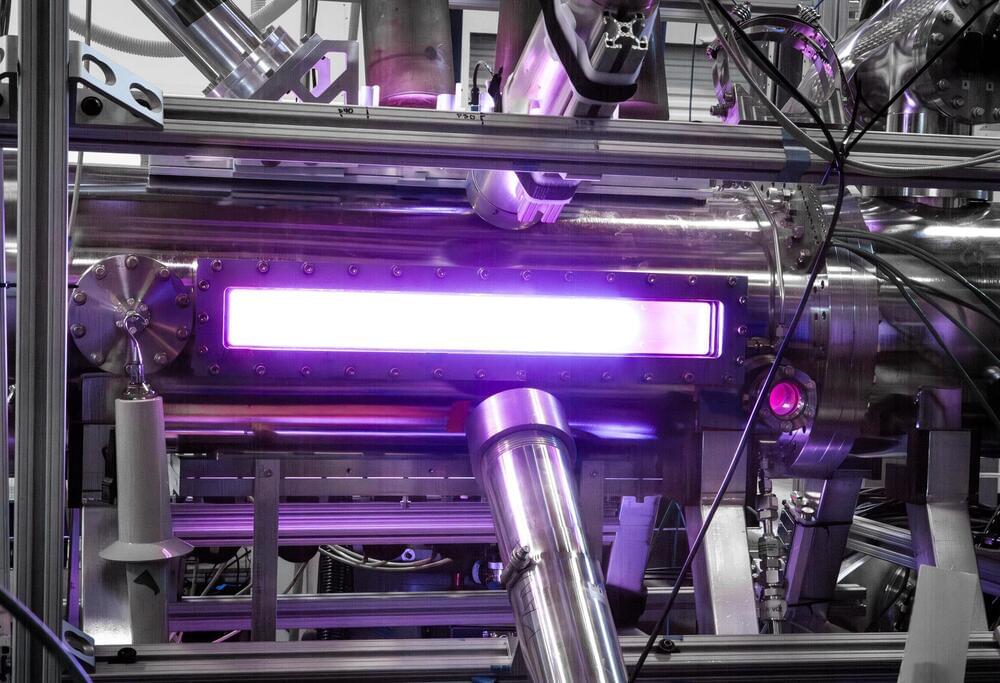
In the nine decades since humans first produced fusion reactions, only a few fusion technologies have demonstrated the ability to make a thermal fusion plasma with electron temperatures hotter than 10 million degrees Celsius, roughly the temperature of the core of the sun. Zap Energy’s unique approach, known as a sheared-flow-stabilized Z pinch, has now joined those rarefied ranks, far exceeding this plasma temperature milestone in a device that is a fraction of the scale of other fusion systems.

The U.S. nuclear physics community is preparing to build the electron–ion collider (EIC), a flagship facility for probing the properties of matter and the strong nuclear force that holds matter together. The EIC will allow scientists to study how nucleons (protons and neutrons) arise from the complex interactions of quarks and gluons.